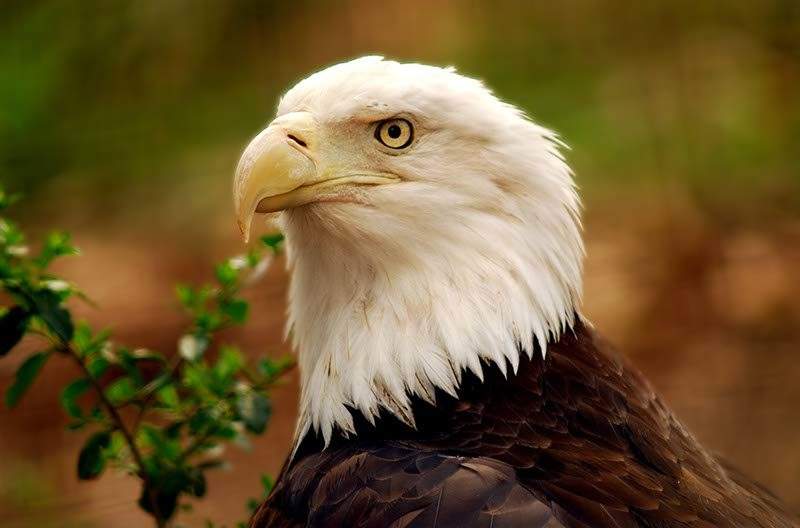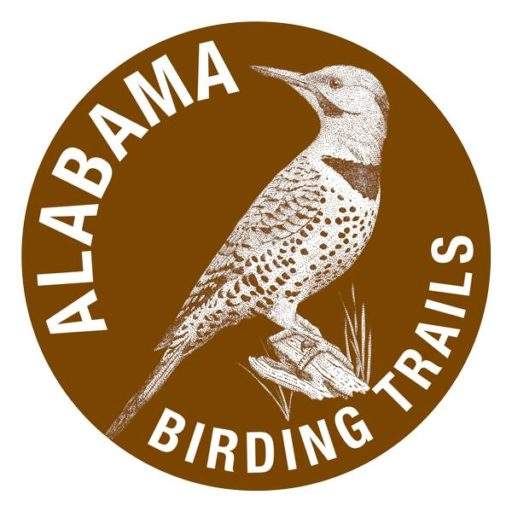In Alabama during: Fall | Spring | Summer | Winter
SCIENTIFIC NAME: Haliaeetus leucocephalus
STATUS: Breeder. Fairly common in winter, spring, and fall in Tennessee Valley region, and uncommon in summer. In other regions, uncommon throughout year. Low Conservation Concern.
DESCRIPTION: The Bald Eagle (Haliaeetus leucocephalus) is one of North America’s largest raptors with adult females reaching weights of 14 pounds and standing 42 inches tall. Adult males are slightly smaller. The bright white head and tail contrasted against dark body feathers are key characteristics used to identify the bald eagle. However, these white feathers as well as the yellow color of the bill do not develop until the eagles reach sexual maturity at about five years of age. The eyes, legs, and talons are yellow. Immature bald eagles are often mistaken as golden eagles because they lack the white head and tail feathers. Unlike the golden eagle, the legs of bald eagles are free of feathers and their wing feathers are held flat when soaring. The primary feathers of a golden eagle curve upward on the ends while soaring. There are two subspecies of bald eagles: H. l. leucocephalus, found mostly in the southern U.S. and Baja California, and H. l. alascanus, found mostly in the northern U.S. and Canada. The two subspecies intergrade broadly in the central and northern United States. Federal status is categorized by state/region, rather than by subspecies.
DISTRIBUTION: Bald eagles occur throughout the continental United States and Canada. They are also found northwestward into southern Alaska. In Alabama, bald eagles are found statewide; however, they are concentrated primarily along rivers and large bodies of water. A January survey of bald eagles in Alabama has averaged about 100-150 birds in recent years. Concentrations occur on Pickwick Lake near Waterloo and Guntersville Lake near Guntersville State Park.

